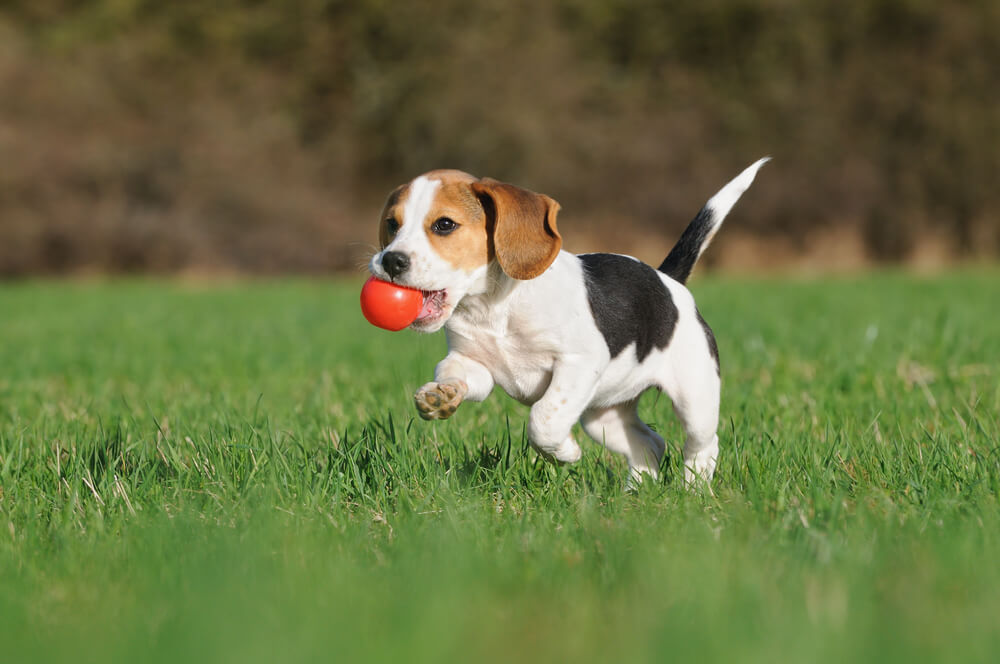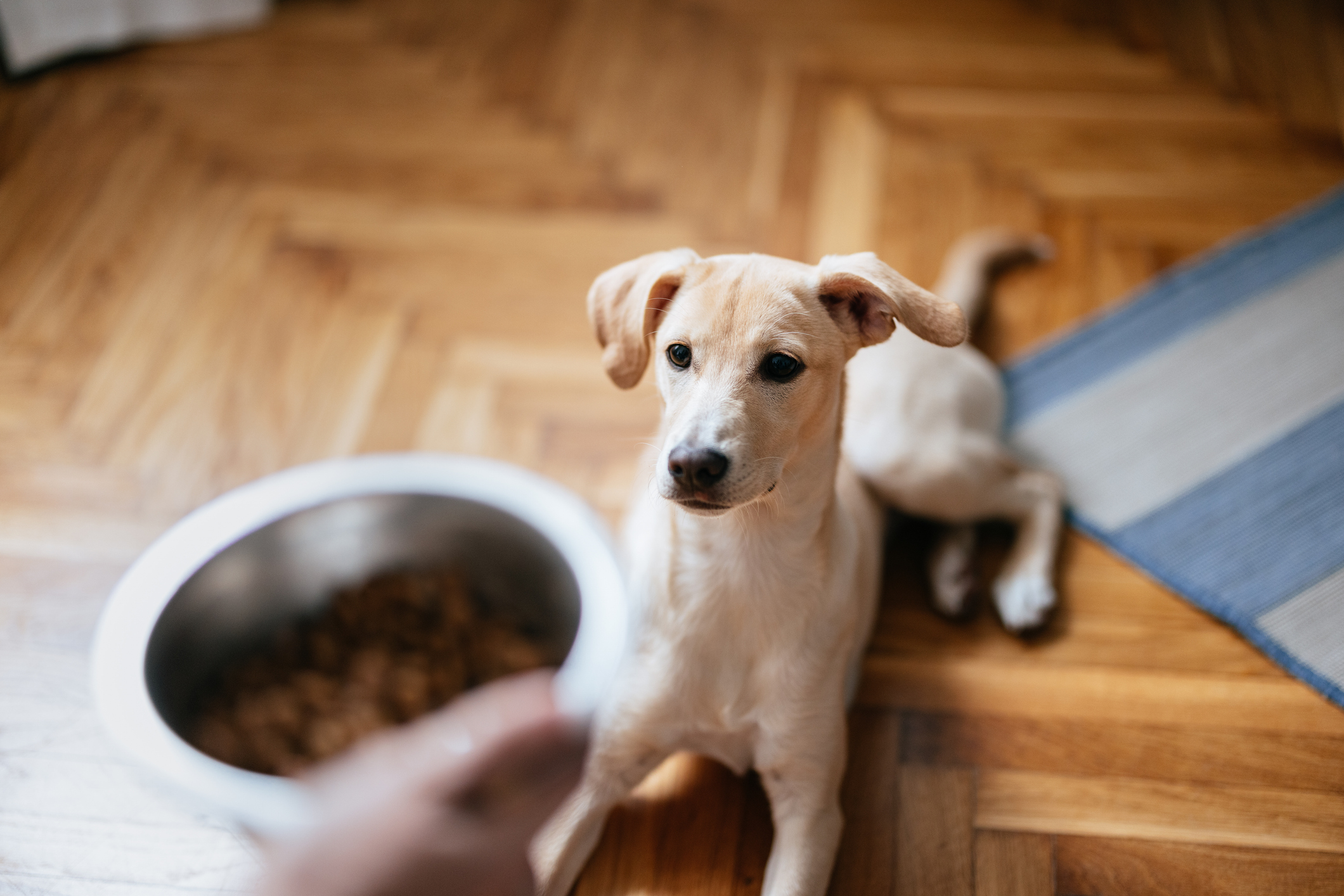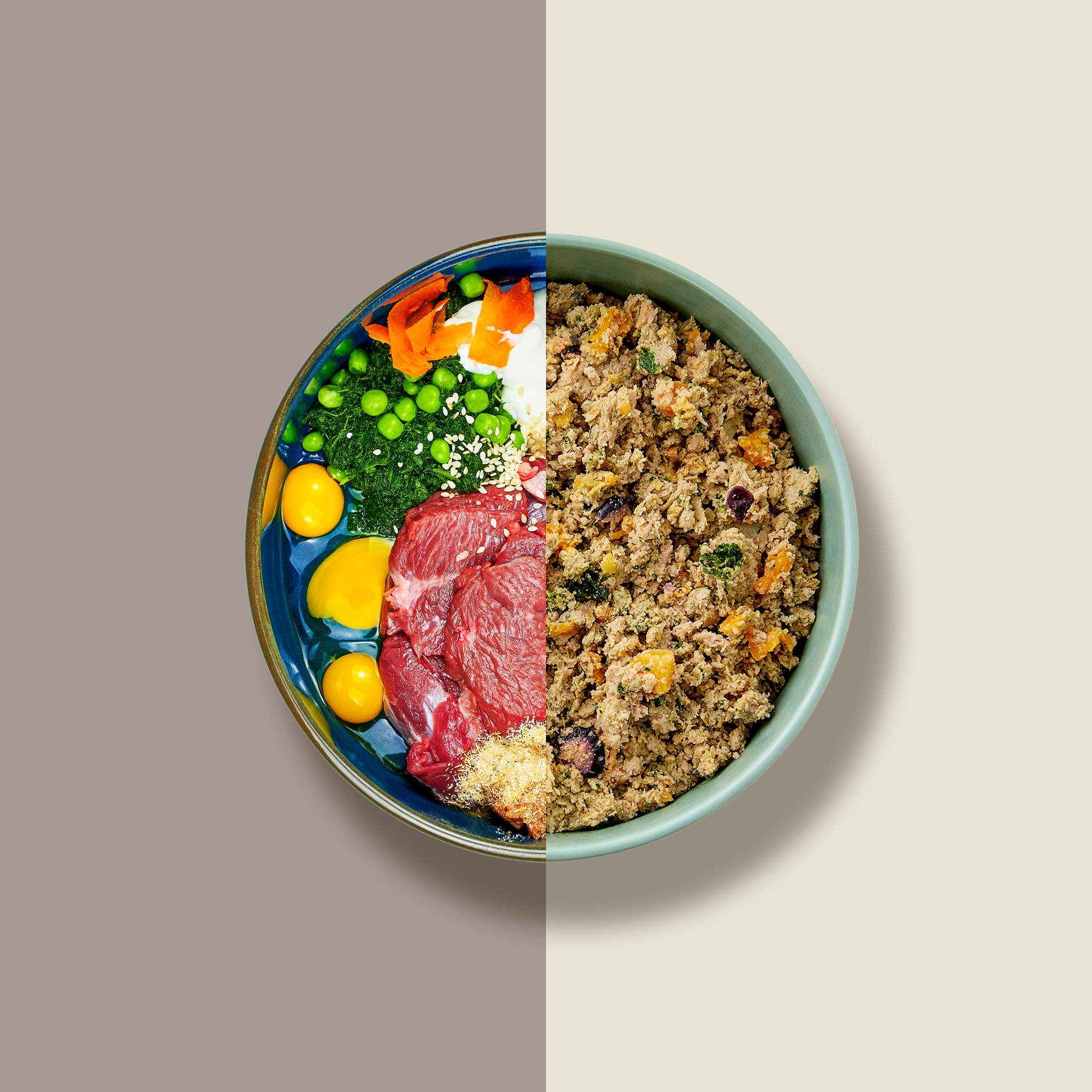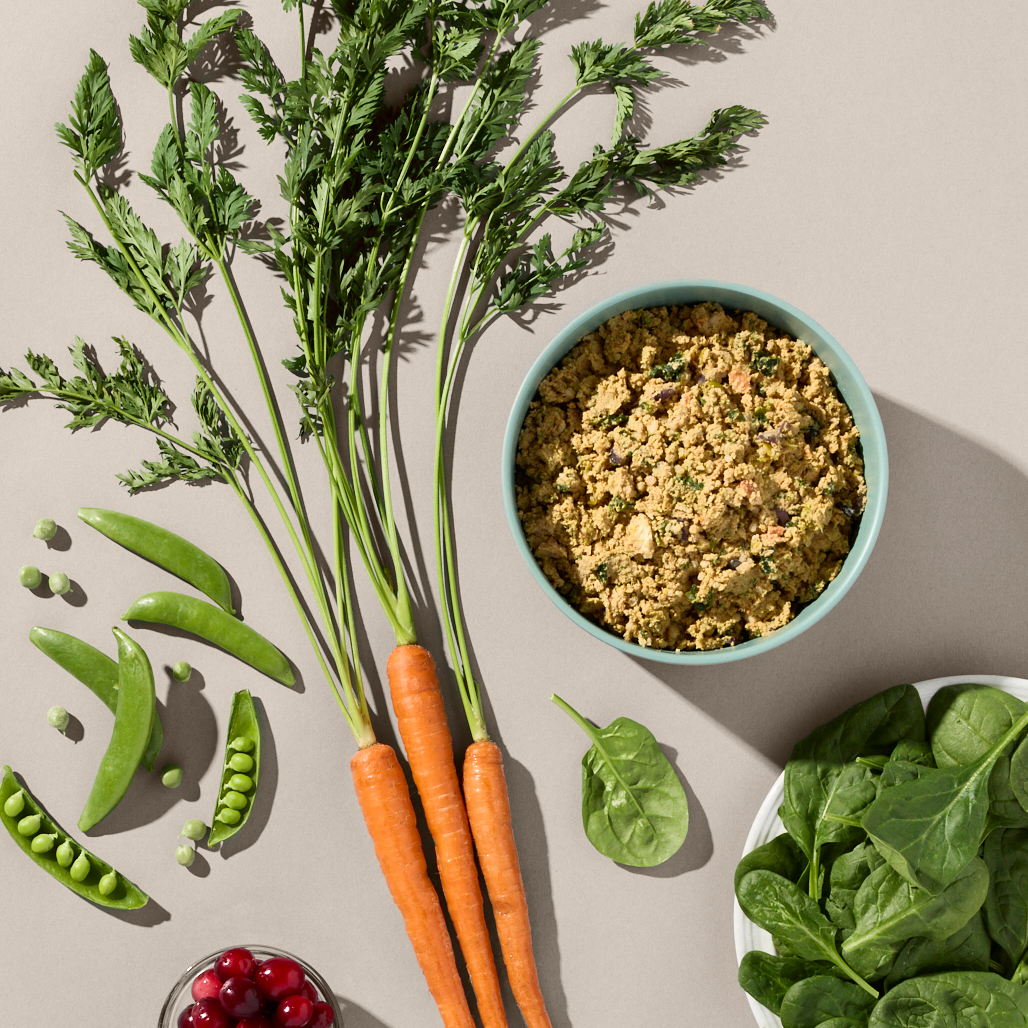Hey Ollie blog readers! We’re offering you an exclusive 60% OFF your starter box! Try now!
The fictional blonde little girl gets a bad rap when it comes to being fussy about how hot or cold her meals are. But if Goldilocks was cooking for dogs instead of the three bears, she may have actually been onto something: When it comes to pet food safety and nutrition, temperature plays a major role and it’s worth examining through the childhood tale’s lens:
Too hot!
Don’t let the room temperature feel of dry kibble fool you. The process by which it’s prepared most often includes cooking at extremely high heat. The food reaches temperatures above 320°F and any nutritional value is quickly scorched and depleted. Essential nutrients are often added back in by way of supplements that are less absorbable by dogs’ bodies and take a toll on their health in the long run.
Too cold!
Raw diets for dogs have been a recent rage, but the risks include unnecessary illnesses due to bacteria that can be potentially fatal. And did you know that a pet who contracts a Salmonella infection can easily pass it to humans through grooming, washing food bowls, or even simple petting? The potential health risks of such infections for the very young or the very old (dog or human) are particularly high.
Just right.
Gently cooking food at a low temperature is the ideal for nutritional value. You get all the benefits of killing dangerous bacteria and pathogens while retaining the integrity of the ingredients. Not only that, cooking food (particularly meat proteins) makes them easier for dogs to digest because cooking begins to break down the chemical bonds and allows the amino acids to be more readily absorbed in the digestive system. And as if you needed one more reason, cooked food results in less digestive gas in dogs. (You know, the kind that can clear a room.)
The Ollie blog is devoted to helping pet parents lead healthier lives with their pups. If you want to learn more about our fresh, human-grade food, check out MyOllie.com.
Tagged As:
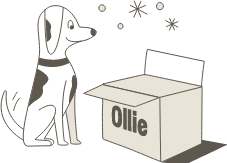
The nutrition your dog needs,
the food they want.

Enjoying our articles? Subscribe our Newsletters and get new articles directly to your inbox
You might also like
12 August 2025
5 MINS READ
Top 8 Allergens Hiding in Your Dog’s Bowl
As pup parents, we never want to see our dogs uncomfortable. When it comes to itching, swelling, and upset stomachs, the culprit may be in their bowl. Understanding the most common allergens and t…
by Ollie Pets
12 August 2025
5 MINS READ
Raw vs. Gently Cooked: Which Is Ideal for Your Pup?
As more pup parents seek the best fresh dog food for their companions, they may find themselves choosing between a raw diet and a fresh diet. While cases have been made for both options, let’s exa…
by Ollie Pets
12 August 2025
5 MINS READ
Why Human-Grade Ingredients Matter for Your Dog
A healthier, happier dog starts with the right food. That said, knowing which diet is best for your pup can be overwhelming at times. Understanding what human-grade means, why it matters, and how …
by Ollie Pets

